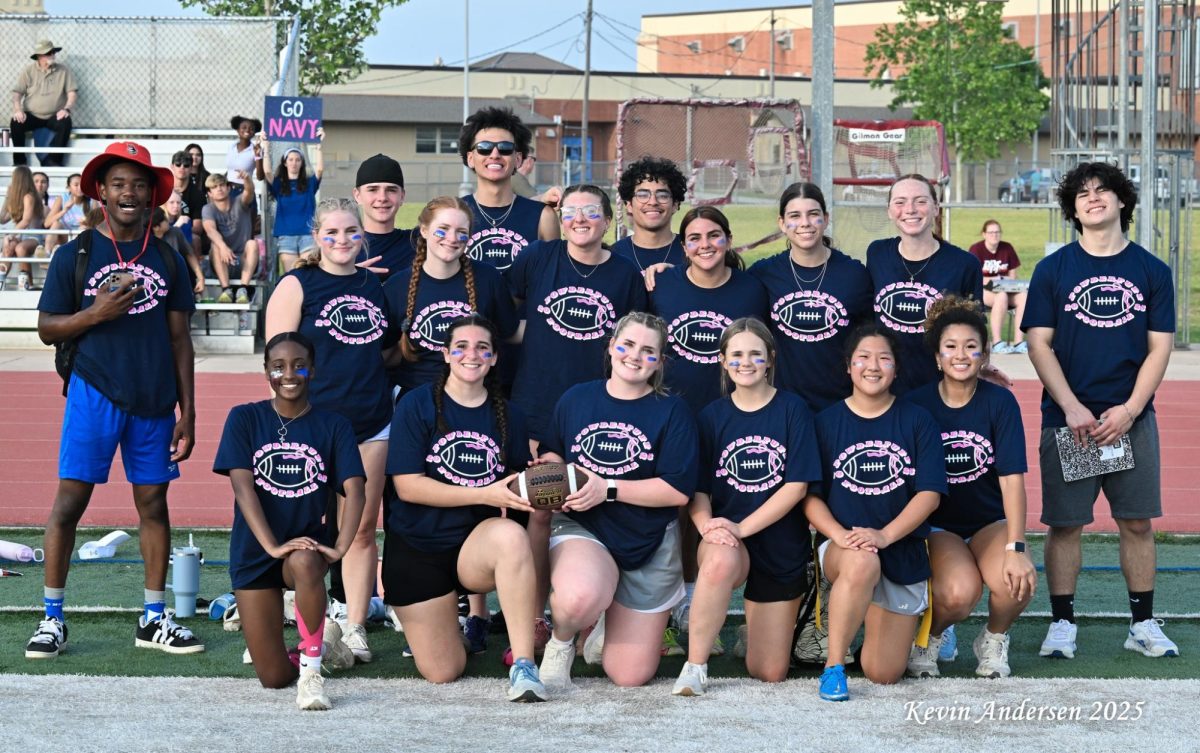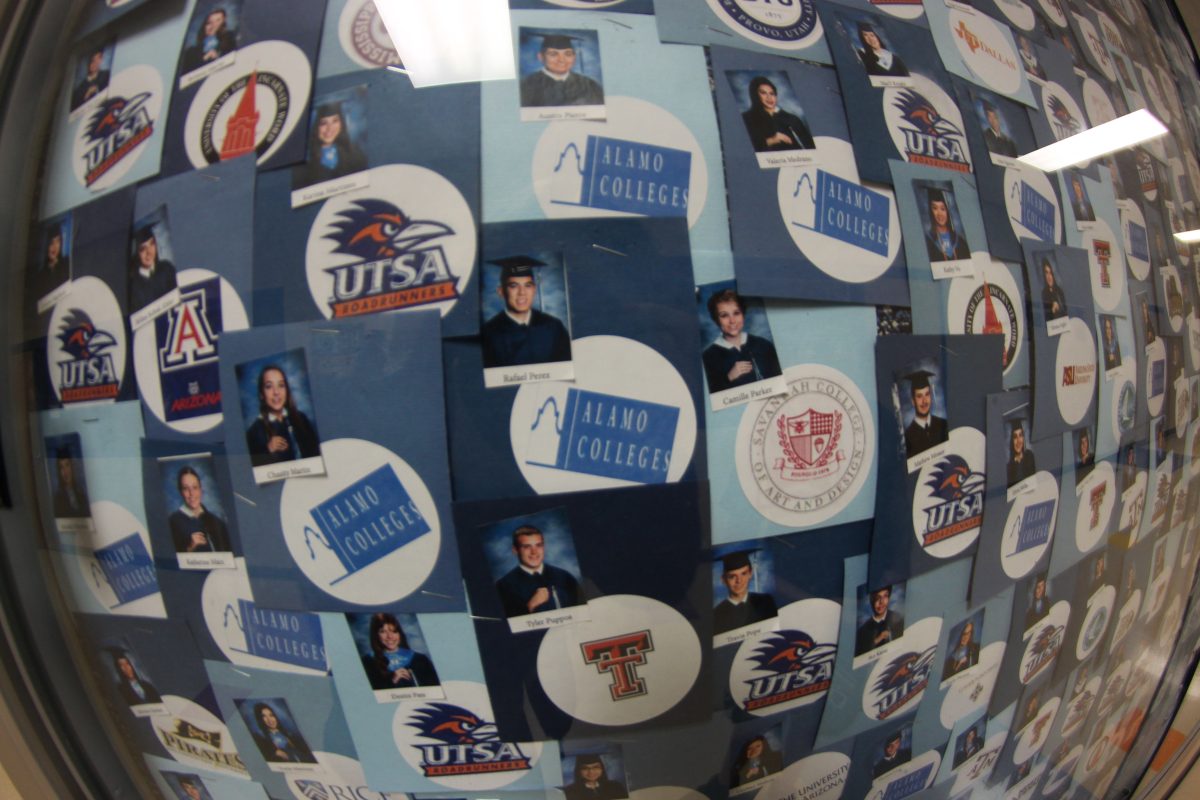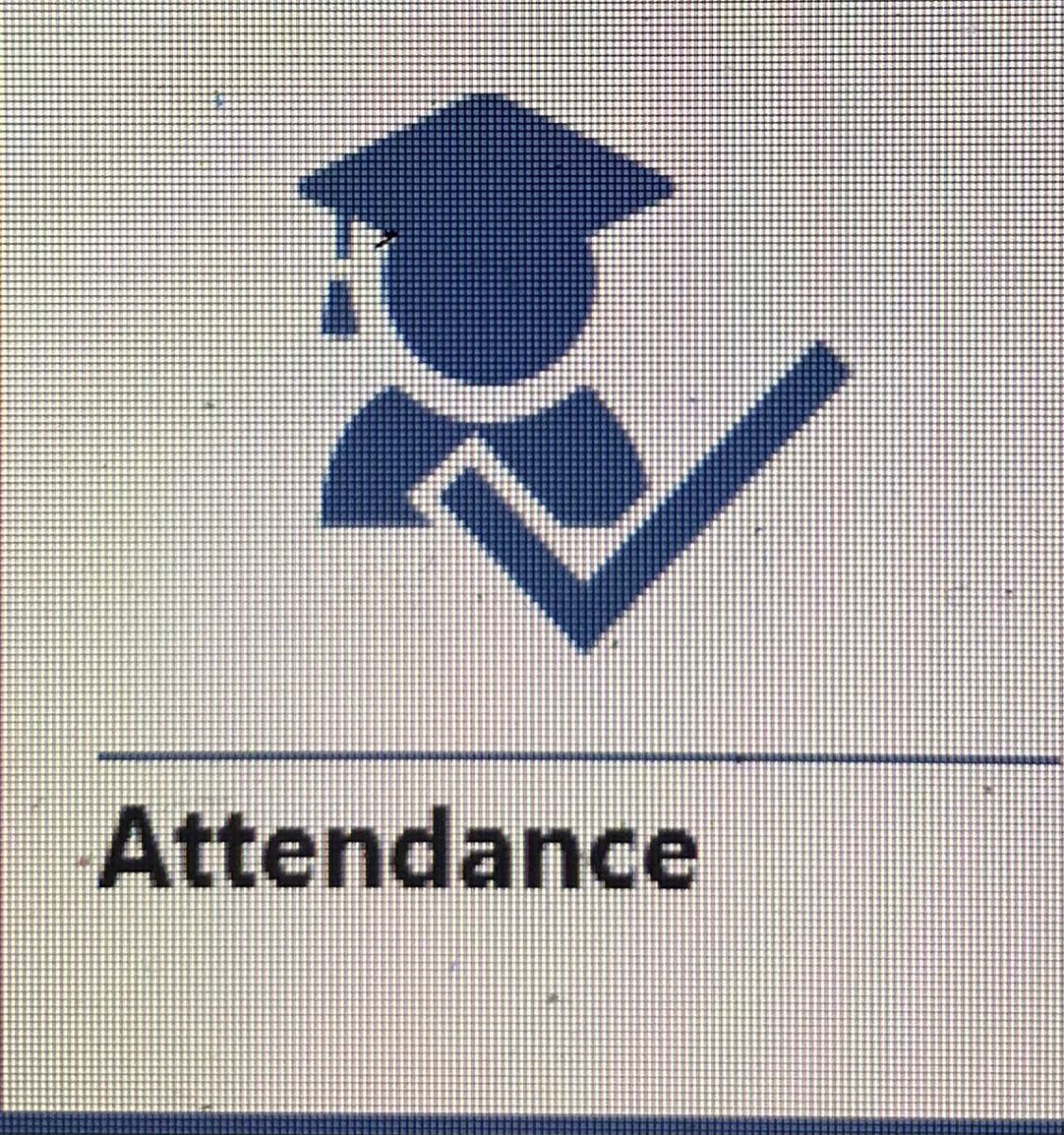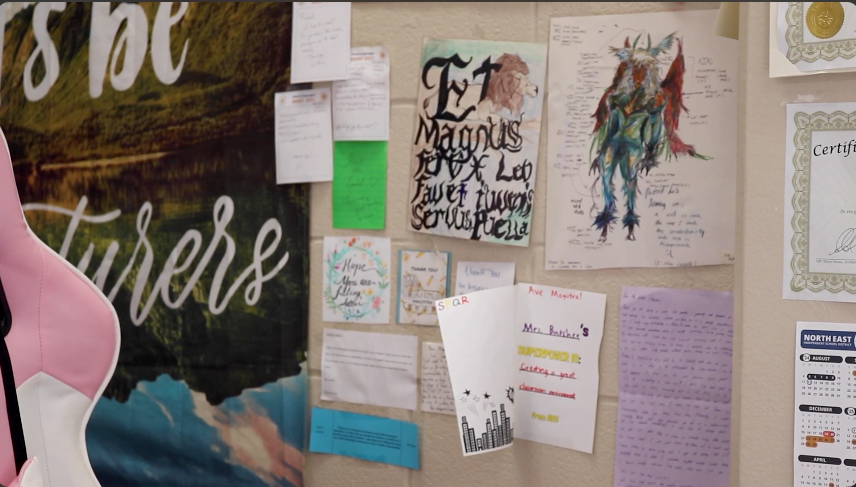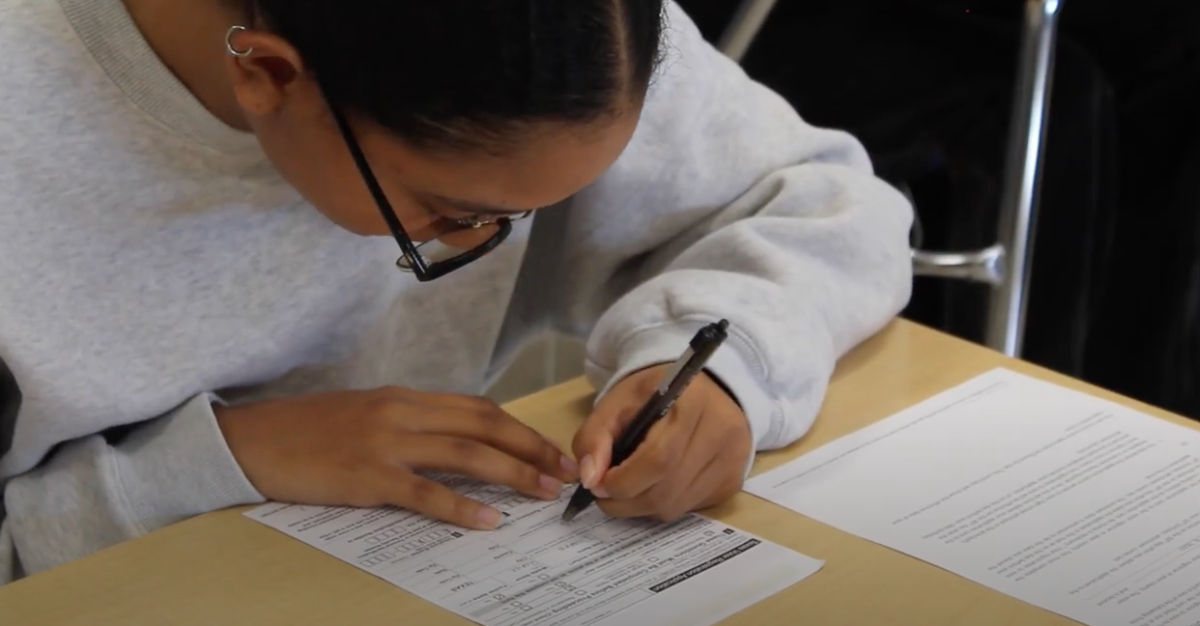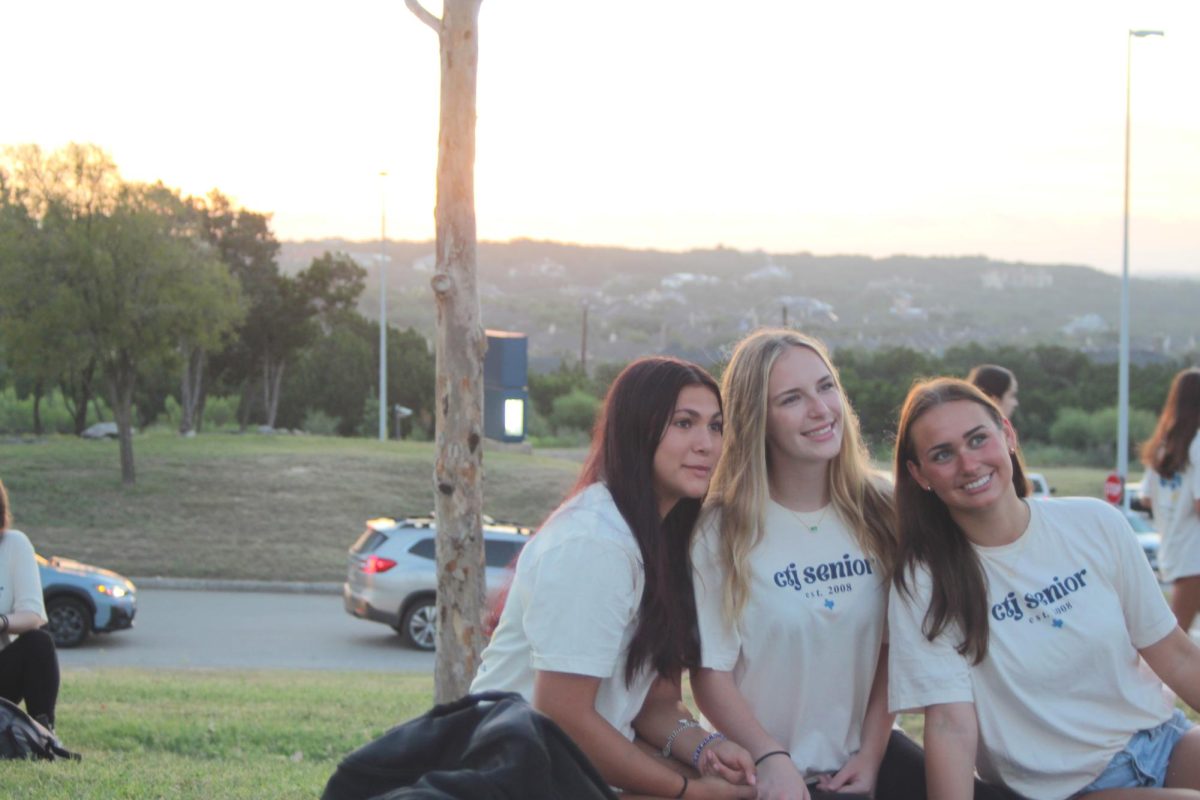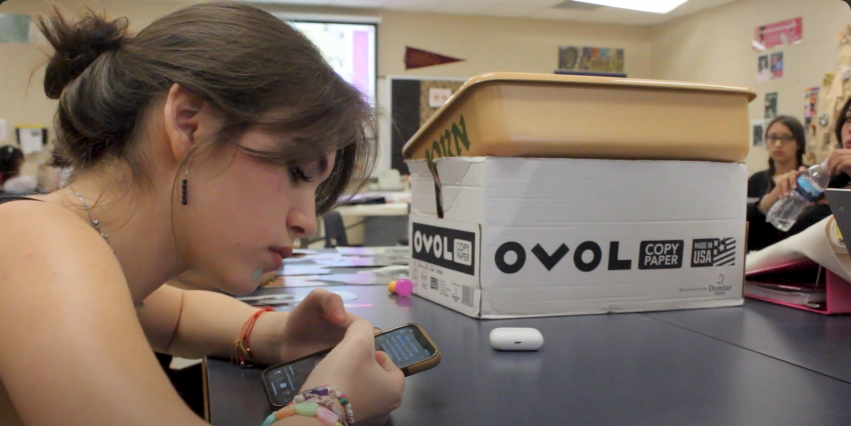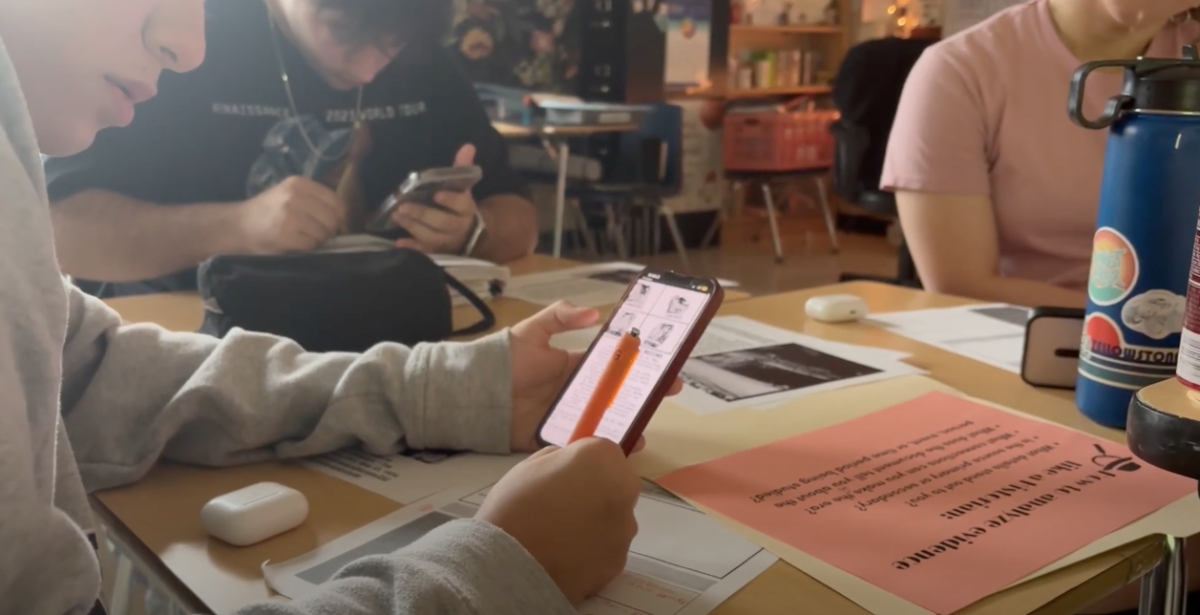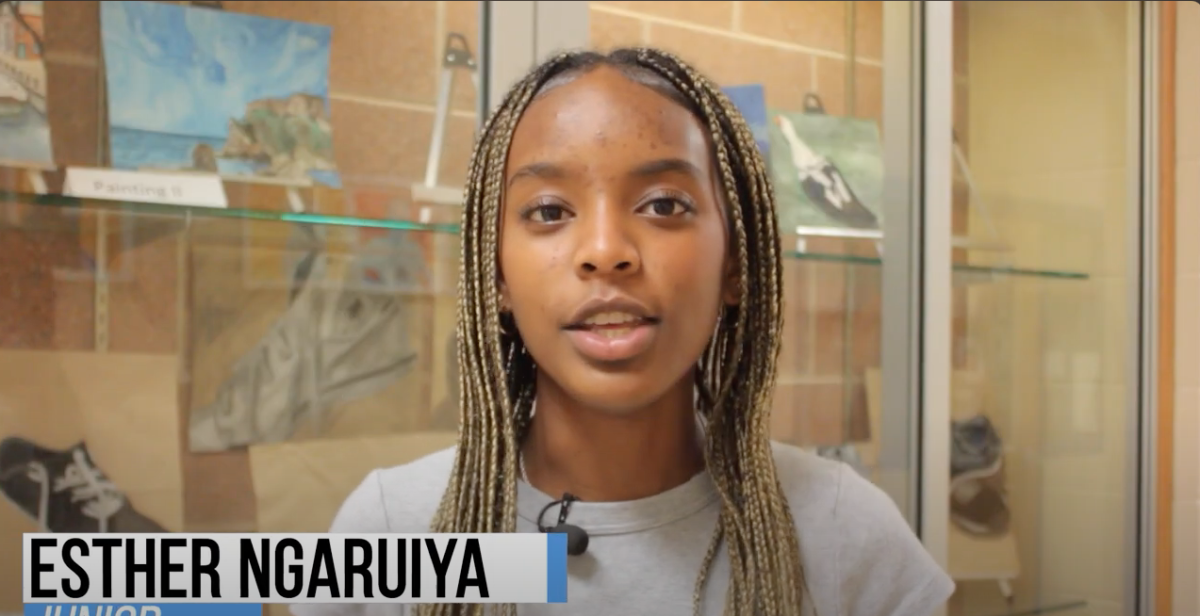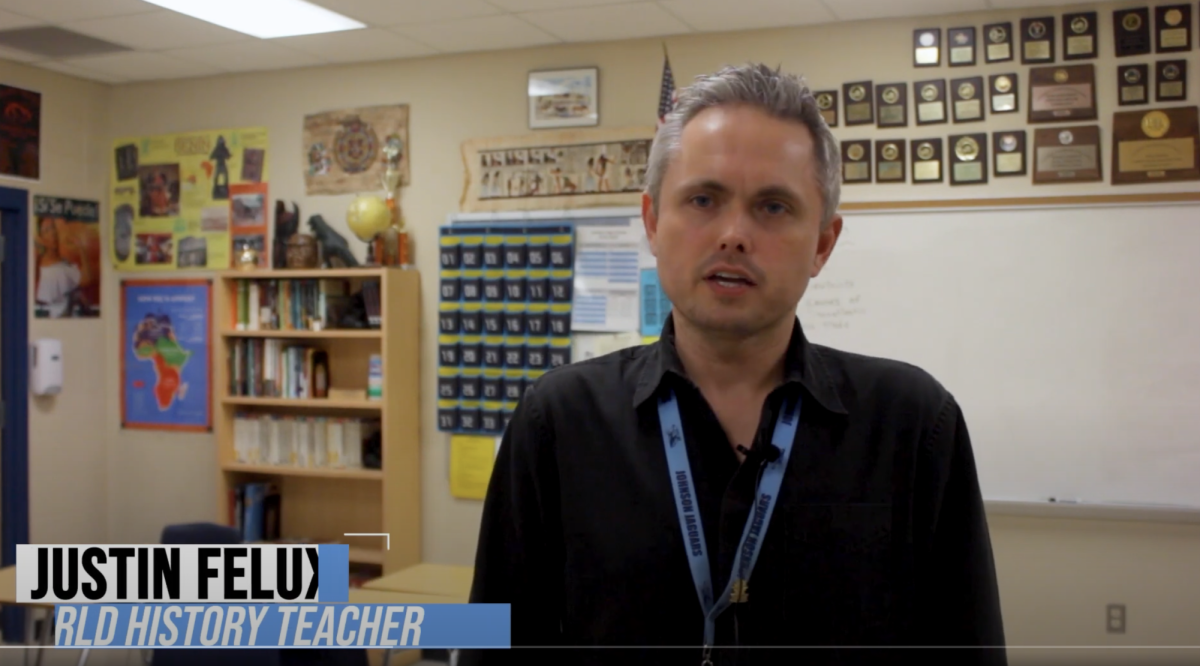By Emma Fitzhugh | Staff Writer
Senior Billy Cade knows what’s coming. When that bell rings, signifying the beginning of third period, he knows he will be both representing his school while simultaneously learning important skills that he will hopefully be able to apply at a job sometime after high school. His schedule is not like other students. While everyone else continues on with their normal day, he knows he must give himself enough time to change into his required uniform in order to make it to the bus in time for “work”.

“Last semester I went to Roan Forest. This semester I go to Walgreens. I go there third through fifth period,” Cade said.
Cade is a part of the ALE (Alternative Learning Environment) program in which he, and several other students, participate in what is known as a CBVI, or Community Based Vocational Instruction. In these CBVI’s, ALE students are able to go out into the community, to a designated job site, for several class periods during their school day in an attempt to learn important skills that may assist them in a future job.
The CBVI program currently has a total of 13 students that go on these community-outings, yet Cade went on to say how he took two years of work-based learning (WBL) classes prior to going on CBVI’s, in which he learned pre-employment skills that would later prove to benefit him this year.
Transition specialist Mrs. Nancy Forget is the person responsible for putting together the job sites for this community oriented program, explaining in further detail the logistics of this process.
“Other CBVI sites, besides Roan Forest Elementary school and Walgreens, include Hobby Lobby, Stone Oak Methodist Hospital, Franklin Park Assisted Living, and HEB at Stone Ridge. We have different jobs at a variety of places to give CBVI workers the opportunity to practice various skills from different job strains. I have to go out and set everything up in advance with the businesses for our students to work there. I talk to the management to establish exactly what tasks the students will do, so that the store employees know what to expect. After students have attended CBVI for 6-9 weeks, I may negotiate more tasks for them to do based on their abilities. It has to be within the legal parameters established in the contract between NEISD/Johnson and the business,” Forget said.
Along with the legal parameters, Forget also explains how CBVI students must also make sure that they are following several necessary guidelines.
“We have guidelines that we have to follow for the program that we run through North East and for each high school. We have to follow specific rules that are established by the United
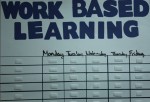
States Department of Labor, because there are restrictions on what we can have the students do. They can’t stay at the same job, at the same place, for more than 210 hours total, because a person should have learned how to do the job within that time. So the place or the job has to change. So someone could potentially be at HEB working in the garden center for three months, and then move to the dairy department for three months. Are they doing about the same thing, yes, but technically they’ve changed departments and they’re working with different products,” Forget said.
Forget goes on to say how a job coach, who serves a similar function as a teaching assistant, goes with these students to train them as needed to learn skills that are needed to do any job.
“There is usually a group of two to four students who go with a job coach. The students work as non-paid supportive employees, a category under the Department of Labor guidelines,” Forget said.
And once CBVI business sites are confirmed, the store works with our school’s ALE staff that are at the job site to try and find daily tasks for the students to perform. Forget explains how these tasks both teach the students important job skills, while also addressing the students’ Individualized Education Plan (IEP).
“I think these students like being a part of this program. The students that are in CBVI have a post high school goal to have an independent job. After graduation some students may work at a local store, at a sheltered workshop with job coaches, help at a family business, or attend a day habilitation program; making sure that they are safe. It depends on the student’s abilities,” Forget said.
Forget even went on to discuss one student who plans to be a day care worker after graduation, who’s CBVI job happened to be shelving books in an elementary school library. However, after a little planning with the librarian, Forget and the school worked out an arrangement where the student was able to read to a kindergarten group. This situation proved to be an example of how this student’s interests were able to be matched with what the school could manage. This example would be classified as good transition planning.
In addition to good transition planning, a vital part of success for the students is where the job coaches come in. This year, there are four job coaches: Ms. Heather Holden, Mr. Michael Benavides, Mr. Edison Marcos, and Mrs. Cathy Llanes. This being her first year both at Johnson and working with ALE students, Holden describes how the task given/assigned to the student must comply with that student’s capabilities.
“We make sure that it’s a job that the student can physically and mentally handle,” Holden said.
Even though this is her first year, Holden explains how she has found that CBVI really helps the ALE students learn important job skills.
“CBVI helps these kids interact with other people. Of course, then they get real life skills, like having to complete work tasks like adults. CBVI’s help these

students learn skills that may help them when they do get a job. Since I’ve been in the business world I’ve seen that all of the things they do on site are things they would do if that was their specific job,” Holden said.
And although she does not have quite the same experiences, freshman Cathy Cade explains the positive effects she has seen in her brother Billy as a result of his CBVI’s.

“Last semester, Billy helped clean the lunch trays at Roan Forest. I think it’s great that he goes there and helps out. It teaches him great job skills and responsibility that can help him move on with his future. I do think he likes doing CBVI because he gets so excited about it and always talks about it,” Cade said.
And moving on with the future is exactly what this program is designed for. Forget adds how for these students, it’s not necessarily about getting a job after high school, but rather the importance of learning necessary skills that will help these students be the best that they can be in their adult lives.
“Because it all depends on how you’re going to get to work, are you going to be able to do the job, and get there when they need you there. This program allows students to practice being on time, doing what you’re supposed to do, dressing correctly, practice proper grooming, and learning to do the job well. That’s a biggie, being there on time, and doing what you’re told to do. We try to teach them the general things, it isn’t that you’re learning to get the job at HEB, it isn’t that you’re learning to get a job reading to students, it’s general employability skills that will get you into a job and keep a job. CBVI is a wonderful program. For most of our students with special needs it’s a way to get them out into the world and interacting with other working adults, so they are at an age-appropriate placement,” Forget said.
And ultimately, these student’s seem to both enjoy being able to go on CBVI’s while also recognizing the significance of being a part of this program.
“At businesses the students stay on task because everybody is busy working. They’re adapting to this adult environment without even thinking about it. And that’s one of the main goals of CBVI, to have an age-appropriate placement. CBVI students like being a part of this program,” Forget said.




